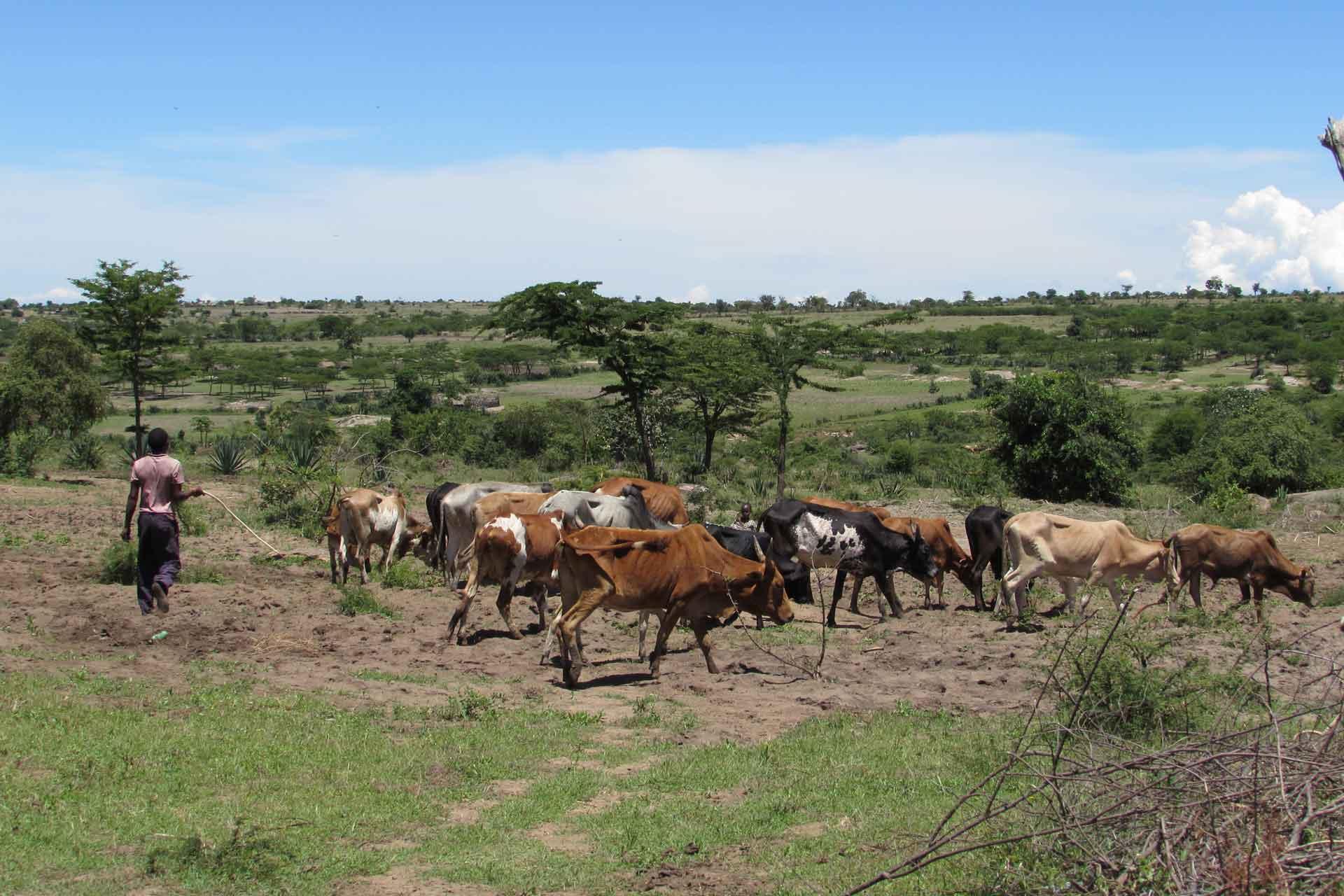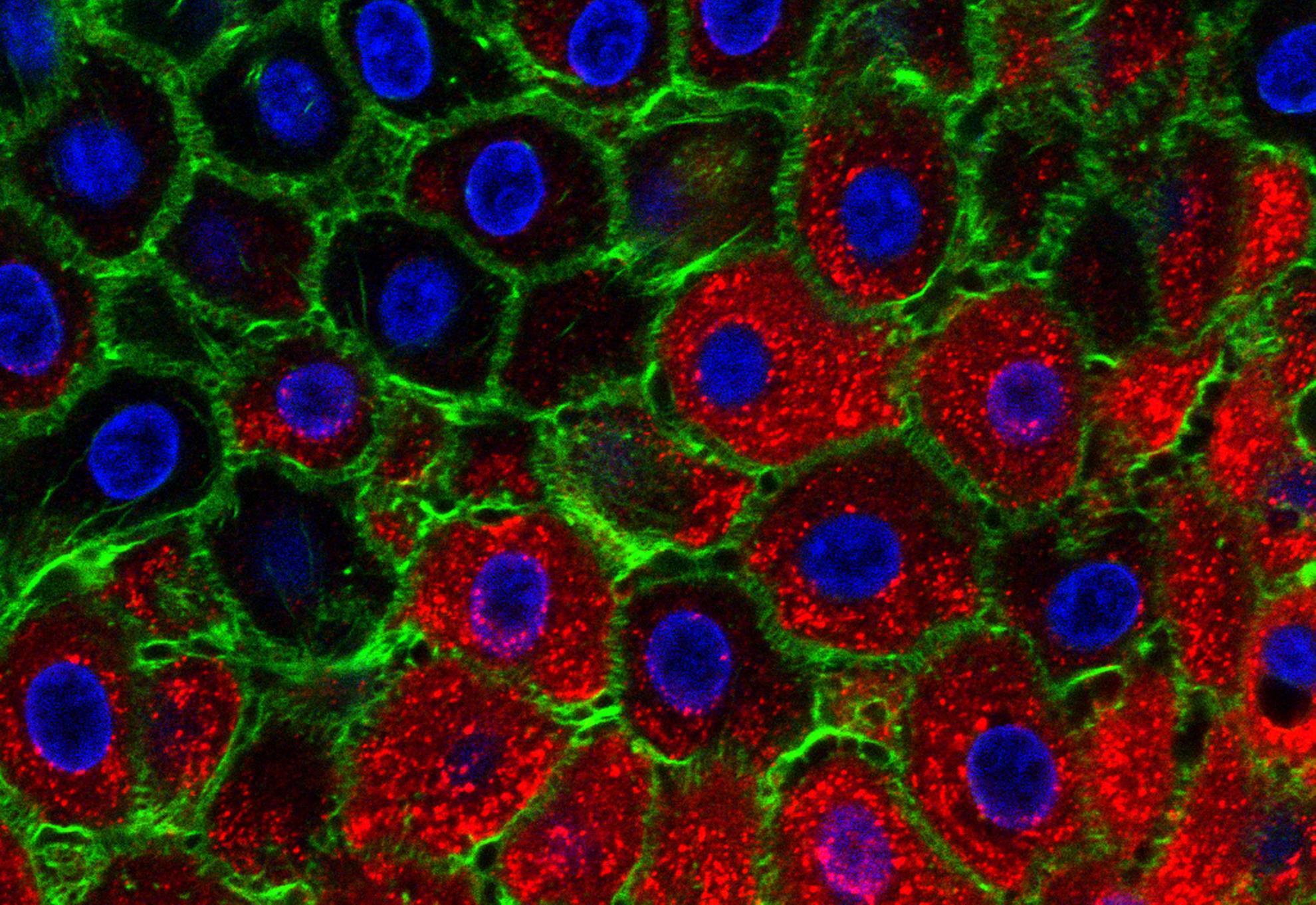Epidemiology and economics of foot-and-mouth disease: current understanding and knowledge gaps
Foot-and-mouth disease virus (FMDV) is one of the few veterinary pathogens that defines policy and global trade in animal products. Its prominence necessitates approaches to control that integrate the multiple factors contributing to the disease's biology and transmission characteristics. Central to this concept is the epidemiological FMD status (endemic or FMD-free, with or without vaccination) of a territory, which defines access to export markets. FMD epidemiology is complex, insufficiently understood, and intertwined with the biology of the virus (multiple serotypes and subtypes), global distribution (distinct regional virus pools), pathogenesis (subclinical infections and species differences), and host range (broad range of susceptible domestic and wild animals). Despite steady advances, critical knowledge gaps persist in FMD epidemiology that undermine the optimal control of FMD. This review summarizes the distinct thematic compartments of FMD epidemiology and presents the critical knowledge gaps that continue to limit the effectiveness of global, regional, and national initiatives to control and eradicate FMD.

